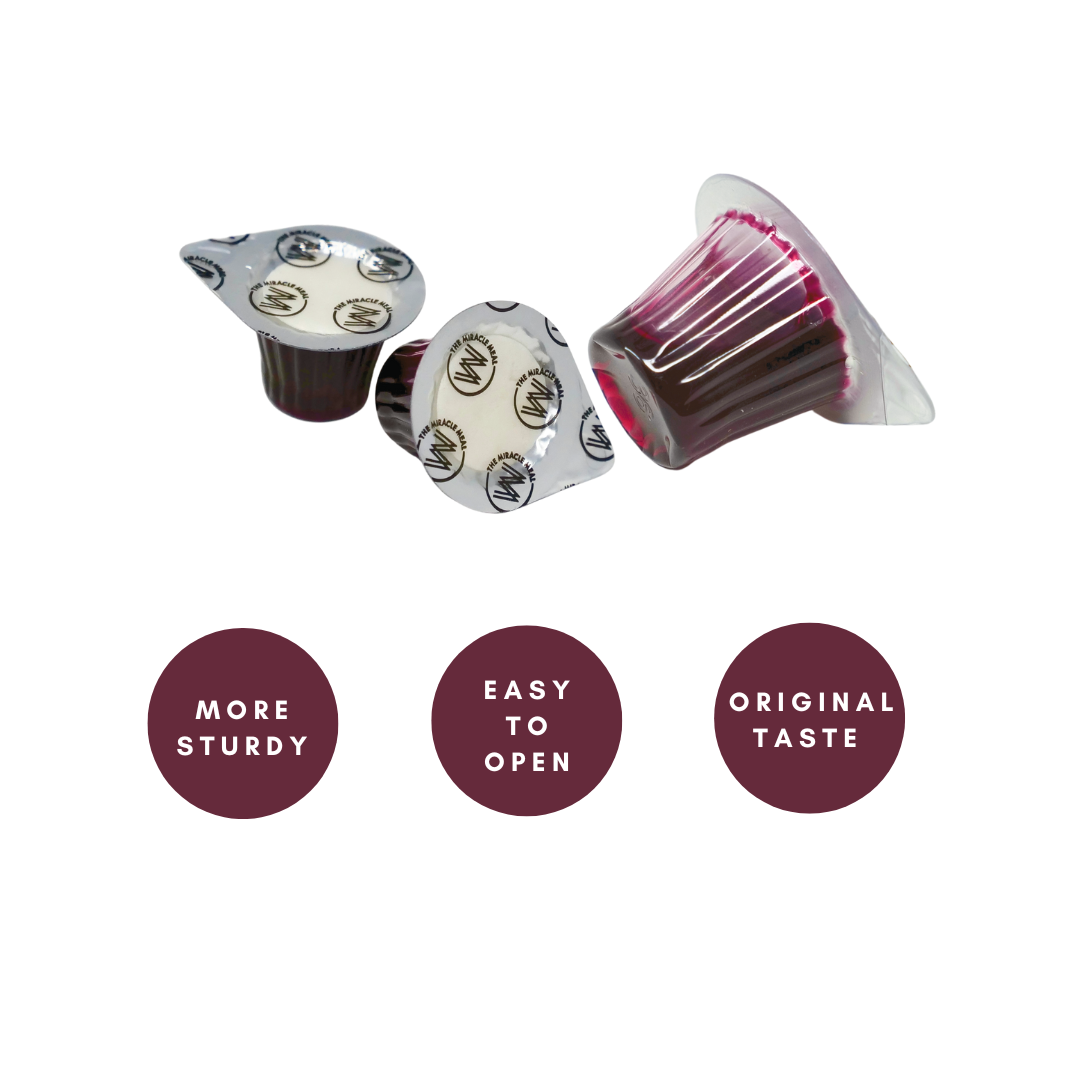How Are Pre-Filled Communion Cups Manufactured?
Many congregations and faith communities rely on individually sealed communion sets for simplicity and hygiene. Yet, it’s rarely discussed how these practical little cups come to be. This short guide will walk you through the basics, revealing each step involved in producing these reliable sacramental items.
For anyone curious about the process behind manufacturing pre-filled communion units, we’ll be exploring their key components, the machinery that brings them together, and the stringent hygiene measures involved. Stick around to discover why these sacred cups have become such a valuable addition for worship gatherings.
A Closer Look at the Components
Beneath the simplicity lies a combination of essential elements that make single-serve communion sets effective and hygienic. The cup itself is typically formed from recyclable plastic, chosen for its durability and ability to keep contents fresh. On top, a thin film layer seals in the wafer, while a middle foil layer encloses the juice separately. This layered design ensures each part remains uncontaminated until it’s time for distribution.
These convenient little cups feature an interior space precisely measured to hold a small portion of juice. Manufacturers carefully calibrate this volume for consistency, ensuring each cup contains the proper amount for a single serving. The wafer, made from simple ingredients and pressed into a crisp disc, is also uniform in shape and size, allowing for effortless placement atop the cup before being sealed.
While it may appear straightforward, the design behind these sealed communion elements is deliberate. By dividing the wafer and juice into separate layers, manufacturers preserve freshness for up to a year—an impressive shelf life for a product that requires no additional preparation. This thoughtful construction highlights why so many congregations trust these convenient solutions to streamline the sacred observance of the Eucharist.
The Automated Production Process
Before each cup is sealed, the plastic container undergoes a specialized molding procedure to achieve a uniform shape. Machinery precisely forms and cools these containers, ensuring structural integrity and a tight seal once the contents are added. In modern facilities, every production step is automated or closely monitored by trained operators, minimizing human contact and maintaining consistent quality across large batches of cups.
After molding, the filling stage commences with wafer placement. Machines drop the wafer onto each cup, ensuring it stays snug on the top film layer. Next comes the juice filling step, which involves automated dispensers measuring precisely the correct amount before sealing it with a protective foil. This coordinated process prevents spills and cross-contamination, safeguarding the purity of every serving. In large-scale manufacturing, thousands of cups can be filled this way in a matter of minutes.
Final checks are performed as part of a rigorous quality-control process. Automated sensors detect any cups that aren’t sealed correctly or that might not meet strict cleanliness standards. Once the cups pass inspection, they are packaged into cartons or trays, ready to be shipped. Throughout this entire sequence, the risk of contamination stays low thanks to precise machinery and compliance with regulations, ensuring a trustworthy product.
Ensuring Safety, Convenience, and Longevity
Because communion involves both physical and spiritual well-being, safety is paramount at every stage of production. From sterilized facilities to secure packaging protocols, each measure aims to keep the bread and juice pristine. Not only do automated systems lower the risk of contamination, they also maintain consistency in texture and taste. This rigorous focus on hygiene helps preserve the reverent nature of the sacrament for all participants.
Modern single-serve cups are often designed for silent opening, which reduces distractions during a service. Additionally, the packaging features thin film layers and foil seals that can be lifted effortlessly. This user-friendly engineering not only speeds up distribution but also limits noise, ensuring minimal interruption to the ceremonial atmosphere. From large congregations to intimate gatherings, these features enhance the sense of solemnity during communion.
Longevity is another key advantage of these cups, with high-quality products maintaining their freshness for a full year. By combining robust plastic with expertly sealed layers, church staff can order these cups in advance without worrying about spoilage. Once opened, participants will find a fresh wafer and juice that taste exactly as intended. That reliability saves time, prevents waste, and makes it easier to focus on the spiritual significance.
Conclusion
In summary, manufacturing sealed communion solutions involves multiple well-orchestrated steps that emphasize cleanliness and practicality. From forming recyclable plastic cups to applying advanced sealing methods, the process merges technology and tradition to safeguard both the elements and the sacred nature of communion. These thoughtful designs offer peace of mind, ensuring each act of worship feels both convenient and reverent.
We invite you to shop for our communion cups through our online store, where every package reflects high standards for quality and convenience. By selecting this easy-to-use option, you can provide your community with a sacred experience that is both hygienic and meaningful.




